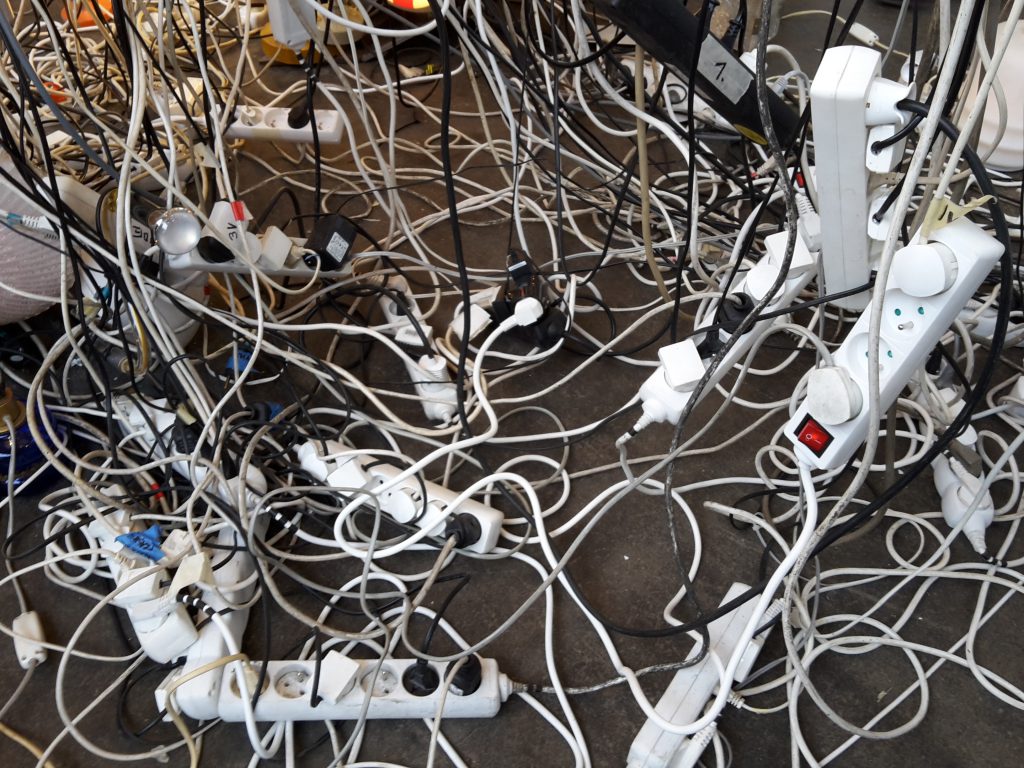
Wine Choices and Uncertainty
April 2017 – english version
How many times have you found yourself spending far too much time at the supermarket in front of the big wine shelves, leaving in the end confused and empty-handed? Why is it hard to make such a simple decision for a product that is destined to provide pleasure? Why the brain is blocked by uncertainty?
The brain is one of the biggest mysteries in the human body and function. Another one is our gut. In recent times scientists have scaled up research on brain function and seek to understand human behaviour and choices.
No wonder that the results of brain research have been picked up and used in economy. The Psychologist Daniel Kahneman has won the Nobel Prize for his work on the integration of psychological research insights into economic science, especially concerning human judgment and decision-making under uncertainty. His theory is hard to simplify, but we could briefly say that Kahneman separates the brain function in 2 systems, the fast thinking (System 1) and the slow thinking (System 2). System 1 quickly filters the thousands of stimuli that we receive through our senses and pass to the System 2 the processing of the information that needs further analysis, protecting itself from an information overflow. Not all information processed by System 1 is perceived consciously; it also functions with biases, which allows the brain to move faster. Furthermore, the relationship between two systems is dynamic, while the way that the brain processes information is also shaped by experience and expertise.
Going back to our original question, put yourself back in front of the big wine shelves and let us try to escape this uncertainty by allowing an easy and safe choice.
Cost is a factor that can simplify selection, but in the same price range there is a high competition. A strong brand of a specific wine, winery or region creates a level of affiliation and safety, but considering the available budgets of most wineries, building such a strong brand is not easy. An easier solution towards this direction is the differentiation of the product through the label, investing in its aesthetics and the symbolism, looking to activate the System 1.
Nowadays with the available technologies and apps, scanning the label with your phone and asking for help your connections is a good solution… but we should not forget that the average consumer’s smartphone memory might be dominated by more important to him/her apps.
Looking at the theory of fast and slow thinking, system 1 can be greatly influenced by the environment at the point of sale, the flow in this environment and the architecture of choice. In the digital environment, this already exist in what we call User Experience (UX) and it should be exhaustively considered in any retail store. Irrespective of actual space limitations, with a proper architecture of choices and trained staff, we can help customers to make choices in small simple steps.
Regardless marketing or sales techniques and the available technology, to remove the uncertainty from wine choice we need to understand better what wine represents and why/how we drink. This knowledge should be used wisely to reinforce a sustainable wine culture that will contribute positively to those that they choose to drink wine and to our societies.
+ There are no comments
Add yours